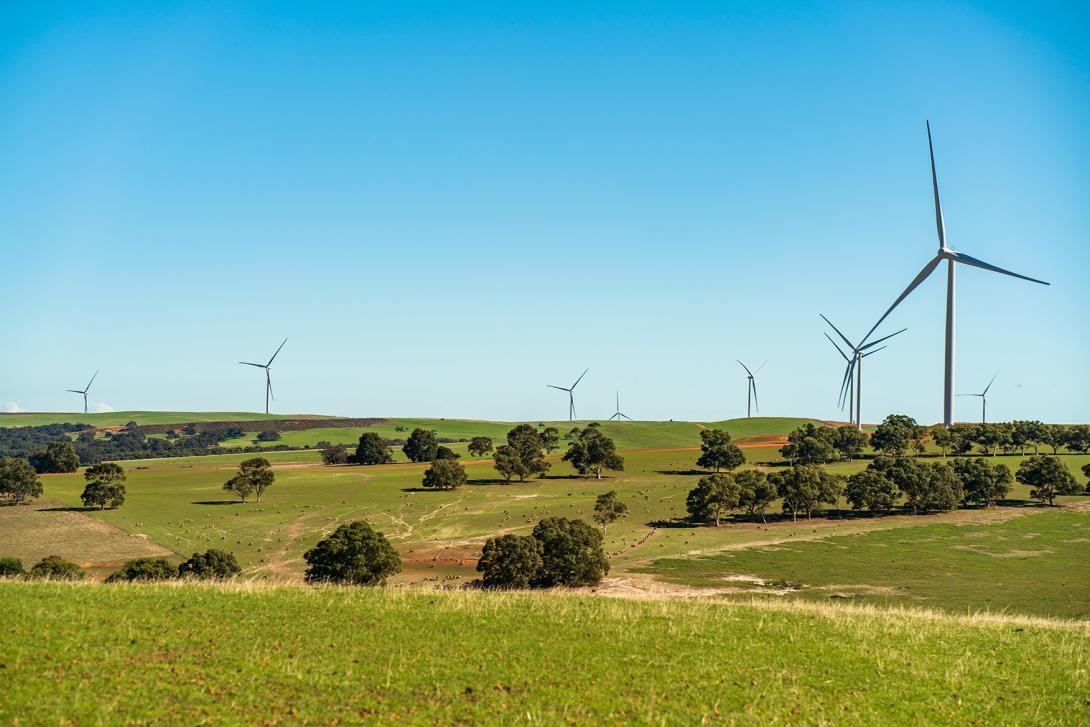What is the Large-scale Renewable Energy Target?
The Large-scale Renewable Energy Target (LRET) is part of the Renewable Energy Target. The LRET encourages investment in the development of renewable energy power stations, like wind and solar farms, by:
- providing a financial incentive for electricity generated from renewable sources
- creating a market for creating and selling large-scale generation certificates (LGC).
Eligibility for the Renewable Energy Target
Large-scale generation certificates
Large-scale renewable energy data
We publish market information about the LRET to increase transparency, track progress, drive investment and help participants comply with the scheme.

Information for power stations
Power stations
Maintain accreditation
Apply for accreditation
Renewable energy certificates
How it works
Under the LRET, renewable energy power stations can generate LGCs for the energy they produce. One LGC is equal to one megawatt-hour (MWh) of electricity generated and fed into the grid from a renewable energy source.
Learn more about LRET projects
The Australian economy is set to decarbonise rapidly. Renewable energy producers are looking at opportunities to grow their businesses through batteries, solar and hydrogen. Our renewable energy stories feature innovative projects being run under the LRET.
LGCs can be:
- sold to liable entities (mainly electricity retailers) who have to buy and surrender a certain number of LGCs to meet their obligations under the Renewable Energy Target
- sold to, or voluntarily surrendered by, companies and individuals want to support their claims about reducing emissions or using renewable electricity.
Find out more about buying and selling LGCs.
Who participates
LRET participants include renewable energy project developers, electricity retailers and other large electricity consumers.
Power stations
Businesses or individuals that develop renewable energy projects are called power stations. These projects include wind and solar farms and hydroelectric facilities. Under the LRET, power stations can claim LGCs for the renewable energy they produce. They can also sell LGCs to generate income on top of selling electricity or voluntary surrender LGCs. Power stations must apply for accreditation to ensure the electricity they generate is eligible under the LRET. They also have ongoing monitoring, reporting and compliance obligations.
Find out about power stations.
Electricity retailers and large consumers
Electricity retailers and large consumers of electricity, called liable entities, are required to purchase and surrender a specified number of LGCs to us each year to meet their obligations under the Renewable Energy Target. Liable entities participate in the LGC market. They can purchase LGCs directly from renewable energy projects or through brokers or traders. The price of LGCs is determined by supply and demand in the market.
Find out about liable entities.
Investors, brokers and consultants
Investors and financial institutions can participate by providing capital for developing renewable energy projects. The LRET makes investment more attractive. It offers a predictable revenue stream from the sale of both electricity and LGCs. Brokers and businesses that specialise in trading renewable energy certificates participate by facilitating the buying and selling of LGCs in the LGC market. Specialists in renewable energy, legal and consulting fields can offer project development, compliance and market analysis services.
The Renewable Electricity Guarantee of Origin (REGO) is now available
Accredited power stations can join the REGO to continue creating certificates beyond 2030. Both schemes will run side by side until the Renewable Energy Target ends in 2030.
Our role
We administer the LRET by:
- managing the creation, registration, transfer and surrender of LGCs
- accrediting large-scale renewable energy projects as power stations
- monitoring compliance of liable entities and power stations
- facilitating market transparency by publishing information about LGCs and data on progress towards the Renewable Energy Target.
The Department of Climate Change, Energy, the Environment and Water oversees the policy of the RET. Read the policy intent on the department’s website.
Legislative framework
- Renewable Energy (Electricity) Act 2000
- Renewable Energy (Electricity) Amendment Act 2015
- Renewable Energy (Electricity) (Large-scale Generation Shortfall Charge) Act 2000
- Renewable Energy (Electricity) Regulations 2001
- Renewable Energy (Electricity) Amendment (Transitional Provision) Regulations 2010
- Renewable Energy (Electricity) Amendment (Transitional Provisions) Regulations 2009
- Renewable Energy (Electricity) Amendment (Solar Zones and Other Measures) Regulations 2014

